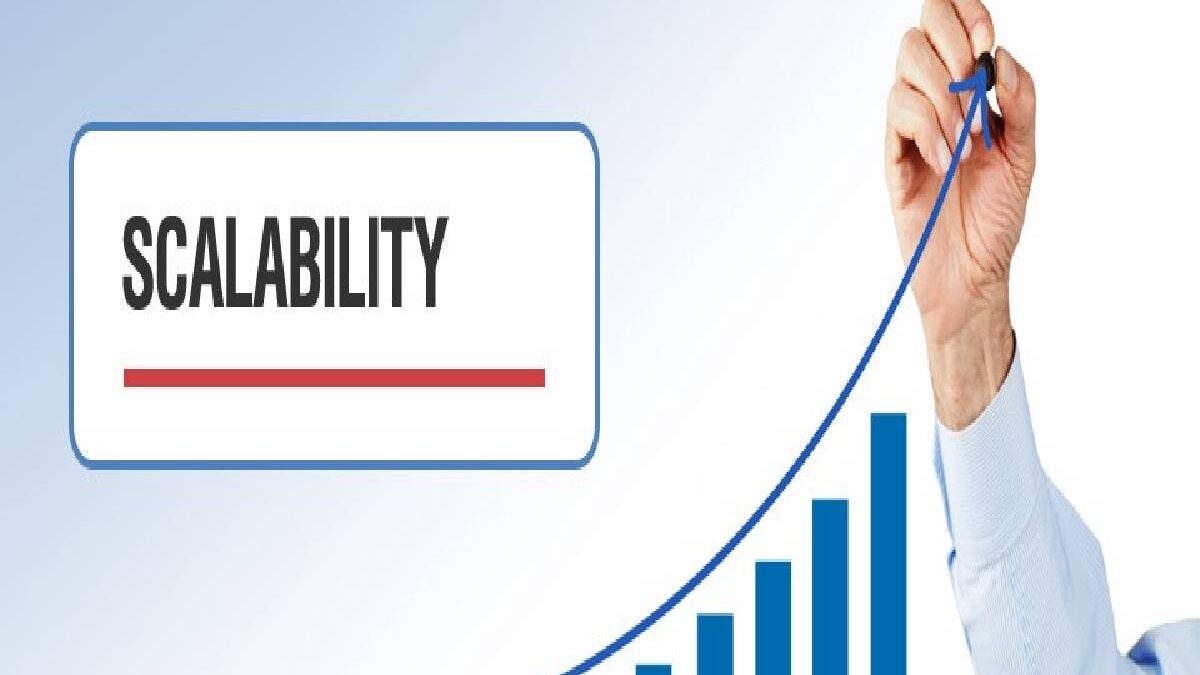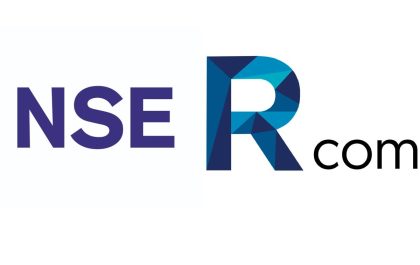Table of Contents
Scalability Definition
Scalability or scaling means, in a business sense, the ability to increase sales without having to make significant investments
(E.g. for production and infrastructure) at the same time.
In general, scaling describes a change in size and represents an essential property of business models or business ideas.
When is a business model scalable?
For start-ups, this question must already be asked when developing the business model.
Because with a high level of scalability, the profit margin also increases with growing sales.
In particular, business models with no physical capacity limits, such as production facilities, are highly scalable.
A good example is internet business models, such as an online shop that deals solely with the trade of goods.
Once the website is up and the logistics is organized, it often doesn’t matter how much it was implemented. There are hardly any new investments.
Further features for high scalability
1. High level of automation
In companies with high scalability, there is also a high degree of automation. It enables efficient and fast work.
2. Low fixed costs
Almost every company incurs fixed costs. However, scalable business models have a relatively low proportion of fixed costs despite increased production.
3. “Asset Light” strategy
Business models that have relatively low fixed assets tend to be more scalable.
These companies can increase their sales with low investments than companies with high initial investments, such as production facilities.
4. Expandability
A successful business model must be able to expand into other markets. A scalable business idea can quickly establish itself outside of Germany and thus internationally.
Scalability can be distinguished, vertical and horizontal
Scaling up, or scaling up, means adding more resources to a single node within a system, such as adding memory or a faster hard drive to a computer.
Horizontal scalability means accumulating more nodes to a system, such as adding a new computer to a mirror application program.
Vertical scalability
- Scaling up a system means migration of the entire system to new hardware that is more powerful and efficient than the current one.
- Once the plan has been configured, a series of validations and backups performed, and it is put into operation.
- The applications running under the old hardware architecture do not suffer from the migration. The impact on the code is minimal.
- This scalability model has a downside. When increasing the power based on hardware extensions.
- There will come a time that there will be some hardware limitation.
- Also, as the investment is in very high-performance hardware, costs skyrocket temporarily.
- (since if the maximum threshold has been reach, there hardware components that take a long time to expand their power significantly) and economically.
- However, it does not involve any notable modification at the structural level, making it a good option if the above costs are acceptable.
Horizontal Scalability
- Horizontal scalability is about boosting system performance from a global improvement aspect instead of increasing the power of a single part of it.
- This type of scalability is based on the modularity of its functionality.
- For this reason, it is usually making of a group of computers that support full functionality.
- Commonly, in horizontal scalability, teams added to give more power to the work network.
- With such an environment, it stands to reason that processing power is directly proportional to the number of computers on the network.
- The total processing power is the sum of each computer’s physical speed transfer by the application and data partition spread across the nodes.
- If a scalability model based on horizontality is apply, there is no a priori growth limitations.
- As the leading and essential flaw, this scalability model involves a significant modification in the design, which leads to a great deal of design and re-implantation work.
- If the logic is intend for a single server, the architectural model is likely to be structured to support this scalability model.
- The person in charge of making the data partition model on different computers is the developer.
- There are dependencies in the access to the application.
- It is suitable to carry out an analysis of user activity to adjust the operation of the system.
- With this scalability model, you have a strategy to add resources almost infinitely and adapt to workloads and new users’ growth.
- Scalability counts as a critical factor in the development of users.
- It is much easier to design a system with a constant number of users (no matter how high this is) and create a system with an increasing and variable number of users.
- The relative growth of the numbers is much more important than the absolute numbers.
- MORE INFO:- clothofmystic
Related posts
Featured Posts
NSE: RCOM ( Reliance Communications LTD) – Shares Info, Financials and Liabilities
NSE: RCOM – To provide services to retail and business customers in India, NSE: RCOM owns and manages a large-scale…
Orbs in Path of Exile
With so many action RPGs to choose from, the Path of Exile has become a particularly attractive game for those…



